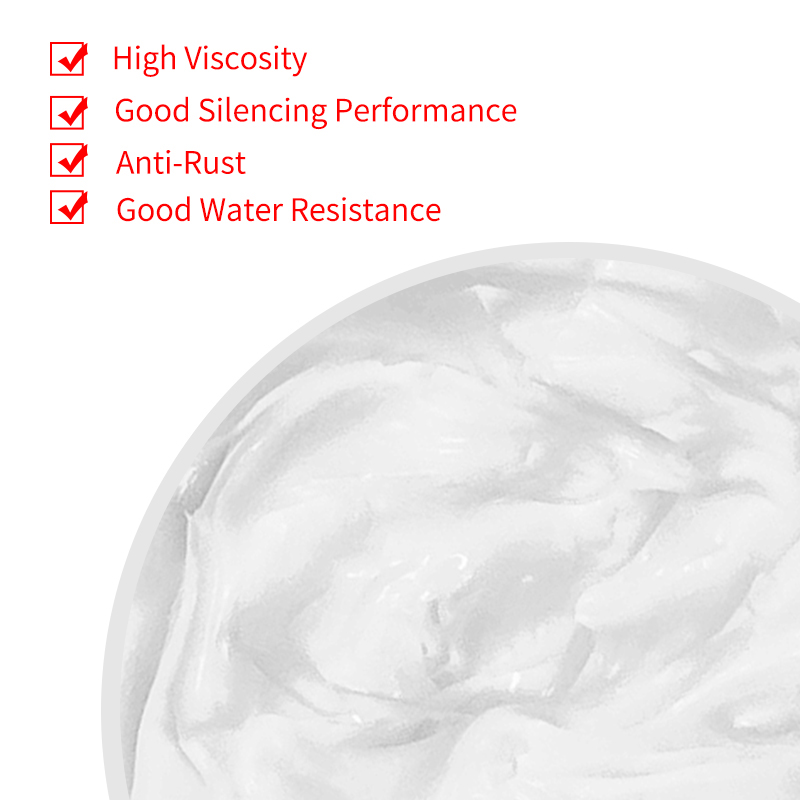In 2001, the NSF international organization participated in this field, and the USDA procedure was extended to register the new H1 and H2 lists. Food-grade lubricants that meet these principles are collected in NSF white papers as a mixture of patented substances and non-food products.
This industry also has food-grade lubricant manufacturers to further regulate management: ISO21469 is a widely mentioned specification. This standard covers the food, food processing, cosmetics, pharmaceutical, and animal food industries. So far, lubricant registration is only related to the prescription and scope of application of lubricants. The "ISO21469-Safety of Equipment-Incidental Contact with Products-Hygiene Requirements" certification process is more comprehensive than these regulations. It stipulates the hygiene requirements that should be paid attention to when the lubricant and the product may come into contact during the design, production, use and handling of the lubricant. This certification process involves all stages of designing prescription, naming, review, risk assessment, and product testing, covering the entire cycle of lubricant from production to use.

All of Baoxing’s “B•X” food-grade lubricant products comply with EU standards and have passed environmental certification ROHS, REACH, 17p and other international inspection standards. Some products have reached F, D, A (US Drug Administration) H1 standards Environmental certification has been obtained.




